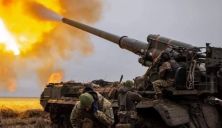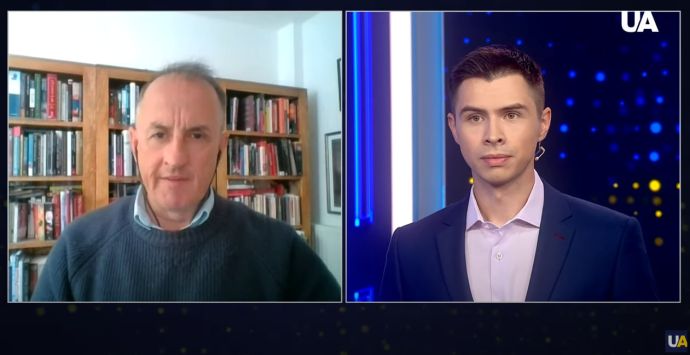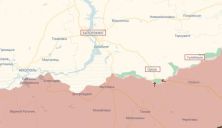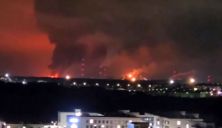Russia, according to Western media, has received up to 200 short-range missiles. According to military experts, they could pose a challenge to Ukrainian air defense. Ballistic missiles are a more difficult target for air defense systems, mainly due to hypersonic speed.
Former UK Defense Intelligence officer and lecturer of military strategy at Portsmouth University, Frank Ledwidge gave an interview about the situation around ballistics.
— U.S. Secretary of State Antony Blinken confirmed that Russia has received Iranian ballistic missiles and announced new sanctions against Iran. “We warned them privately that such a move would mean a dramatic escalation,” Blinken said.
These developments increase cooperation between Russia and Iran, threaten European security, and demonstrate Iran’s destabilizing influence, which extends beyond the Middle East. I have a few questions about the transfer of these missiles.
Do you think the response from the White House, with sanctions, is sufficient?
— Well, I think they don’t have many options here, but sanctions shouldn’t be underestimated. Over the last decade, these sanctions have grown in scale, and they do real damage to the Iranian economy. A surprising impact has been restrictions on Iranian activities.
For example, the sanctions on Iran Air could have a major knock-on effect, limiting Iran’s international operations, particularly in civil aviation. The U.S. is a key player in this sector, and these sanctions will significantly restrict Iran Air’s ability to operate globally.
Plus, these sanctions will limit Iran’s capacity to transport drones and other materials, not just to Russia but also throughout the Middle East.
— Iran has transferred Fateh-360 missiles to Russia, which will lead to more deaths in Ukraine as they try to destroy our energy infrastructure. These missiles have a range of about 120 kilometers, and dozens of Russian personnel have been trained in Iran to use them. How will this change the situation in Ukraine, both on the battlefield and with energy infrastructure?
— I don’t think these missiles will have much effect on Ukraine’s energy system because of their relatively short range.
The 120-kilometer range is a maximum, and they’re more likely to be used at the rear of the battlefield.
Russia already has ballistic missiles with far greater range, but these new additions will give them more options on the battlefield.
They’ll likely target military capabilities in the rear zones, not deep into Ukrainian territory. This mainly gives Russia more capacity but doesn’t necessarily change their overall military capability.
— Given this transfer of missiles, do you think it will lead to a final decision by the U.S., UK, and other partners to allow Ukraine to strike Russian territory with Western missiles? Should we expect an announcement on this at the Crimea Platform summit or soon after?
— I don’t have any inside information on U.S. decision-making, but my impression is that they are trying to avoid making any escalatory moves before the U.S. election. There’s concern about possible retaliatory actions, such as cyberattacks.
Another issue, especially for the UK and its Storm Shadow cruise missiles, is the limited stock of these weapons. The UK has not ramped up production to a wartime rate, so they may need to reserve some for their own defense. The same goes for the French SCALP missiles.
While the U.S. has a larger stockpile of missiles like the ATACMS, it’s a challenge for the UK and France. This won’t be publicly acknowledged due to its sensitive nature.
Read also: NATO’s reaction provokes escalation from Russia. Interview with Nicolas Tenzer










